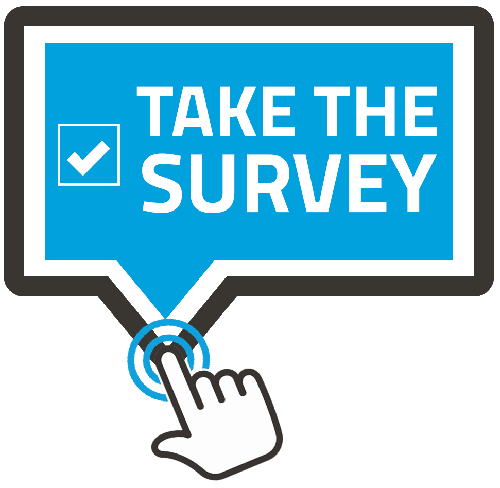Ψlogical
Testing
Chapter 15
Computers & Ψ Science
Computers & Ψ Science
🧹🧹 Tidying Up
Lectures:
- next exam 4/15
- Chapters 9–16
- YOU will craft items
- presentation groups start 4/17
Project:
- send to EAs TONIGHT!!
- 🥳🥳🥳

![]()
🔭🌠ASTEROID YR4 PANIC METER!!!🌌💥



Cognitive–Behavioral Assessment:
…how to treat disordered behavior

Rationale for Cognitive–Behavioral Assessment
- the behaviors, thought processes, or physiological responses that define a disordered condition are the real problem
- underlying cause itself not of primary concern with regard to the problem behavior, thought, or response
- what are preceding and subsequent factors?
Note
treatment is focused on the problem behavior, etc – behavioral modification

CBA with Operant conditioning
- situations are the primary determinants of behavior
- attempts are made to either increase a behavioral deficit or decrease a behavioral excess via treatment intervention
- baseline = focal behavior’s frequency, duration, or intensity prior to treatment
- The self–report technique asks subject to record own behavior (thoughts, feelings, etc)
The Fear Survey Schedule
- oldest and most researched cognitive–behavioral self–report procedure
- came from a dissertation (Akutagawa, 1956)
- different versions exist for different target populations (e.g., children, adolescents, parents)

Other self–report procedures
Dysfunctional Attitude Scale:
- beliefs that could interact with a stressor to produce psychopathology
Irrational Beliefs Test (IBT):
- 50 items indicate absence of irrationality, 50 indicate presence
Irrational Beliefs Inventory:
- addresses criticisms of the IBT (tries to separate irrational beliefs from the negative consequences of those beliefs)
Psychophysiological procedures
heart rate 💓, blood pressure, galvanic skin response, skin temperature \(\leftarrow\) indicators of ???
FEAR, for example, is known to typically elicit physiological responses – can other constructs?
- sometimes framed as more distal measures (as opposed to proximal)
- …consequence of (rather than the construct itself)

Computers
Computer–assisted interviews:
- respondents more willing to divulge sensitive or embarassing information
Computer–administered tests:1
- currently norm
Computer scoring:
- has “always” been done – speed of feedback delivery has changed
Note
Some modern procedures require computer administration (e.g., virtual reality, response latency)
Assessment groups:
Starting 4/17(??) (Thursdays):
| Al Pacas🦙 | Belugas🐳 | Camels🐫 | Dingos🦊 | Elephants🐘 |
|---|---|---|---|---|
| Vanessa A | Mae F | Sarah J | Sarah M | Hannah T |
| Sabina B | Alaina G | Thomas J | Raelyn R | William T |
| Nathan B | Payton H | Grace K | Ellen R | Jennifer T |
| Maritza B | Elly J | Grace L | Rachel S | Lila W |
Project groups:




The current odds of YR4 hitting the moon in 2032 are ___________
- 3.8%
- 0.8%
- 1.8%
- 2.8%
A behavior’s frequency, duration, or intensity prior to treatment
- baseline
- stasis
- equivalence
- norm
The oldest and “most researched” cognitive–behavioral self–report measure is the _________
- Fear Survey Schedule
- Dysfunctional Attitude Scale
- Irrational Beliefs Inventory
- Irational Beliefs Test
Measures such as heart rate, blood pressure, and GSR can be labeled as __________ procedures
- psychophysiological
- psychophysical
- neuropsychological
- biopsychological
Item administrations that are uniquely tailored to the respondent’s ability level occur within __________
- Computerized Adaptive Tests
- Computer Administered Tests
- Controlled Apperceptive Tests
- Controversial Aggregation Tests
References
Akutagawa, D. (1956). A study in construct validity of the psychoanalytic concept of latent anxiety and a test of a projection distance hypothesis. University of Pittsburgh.
